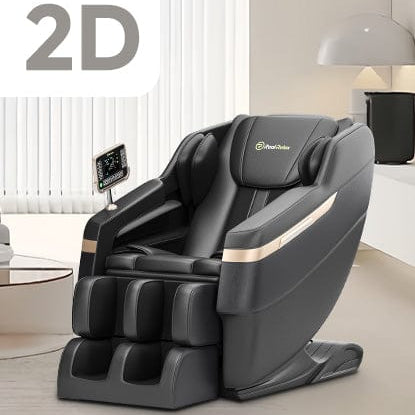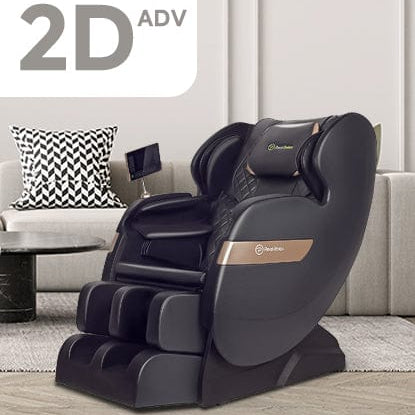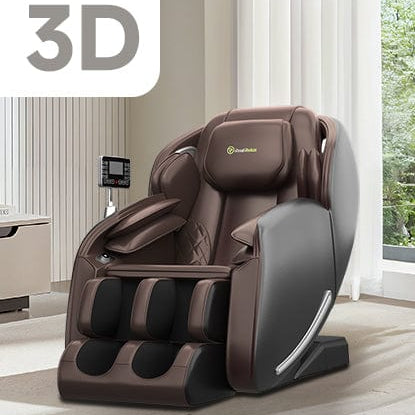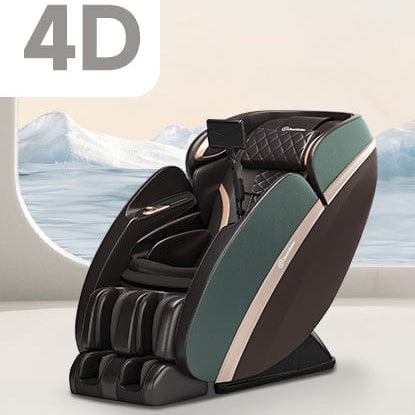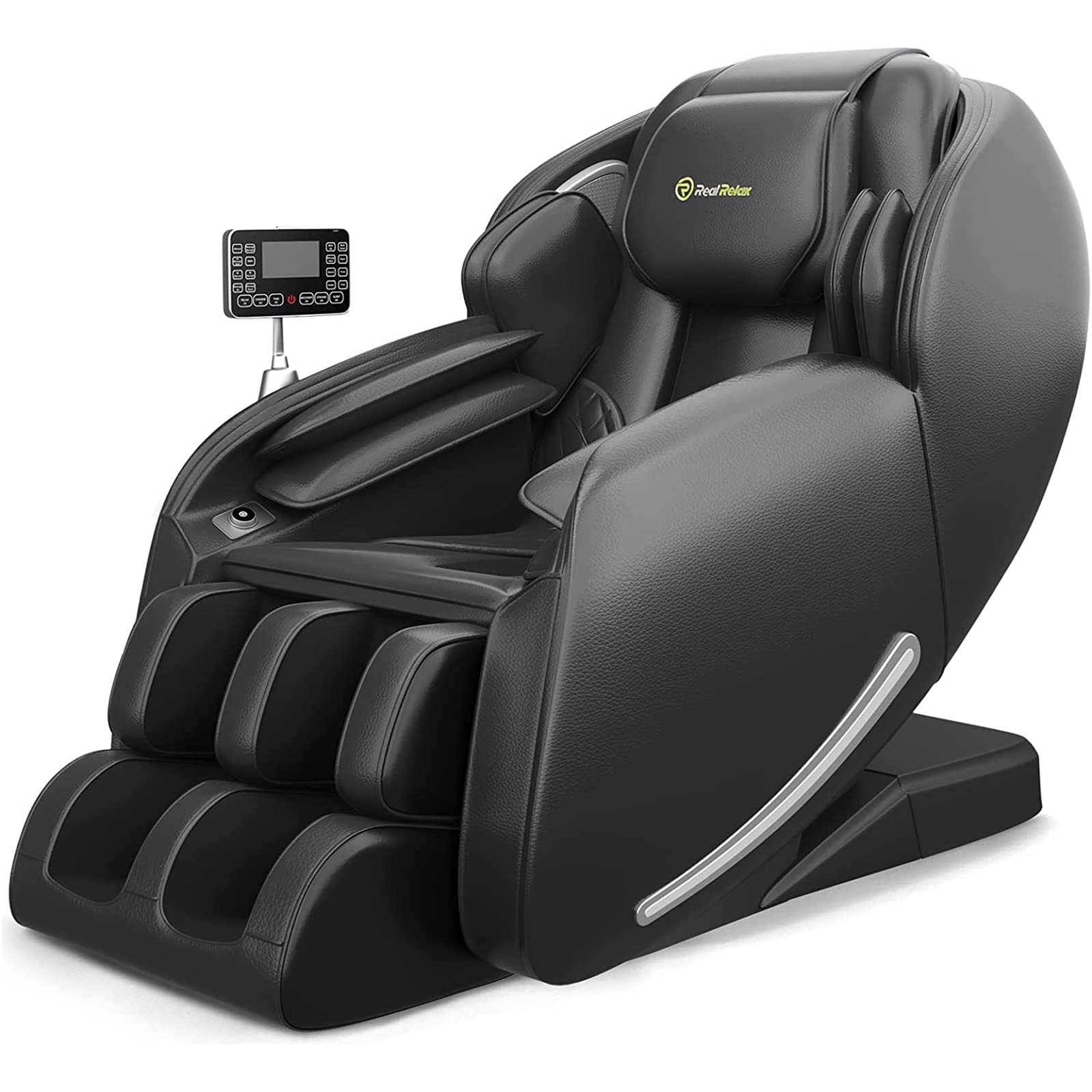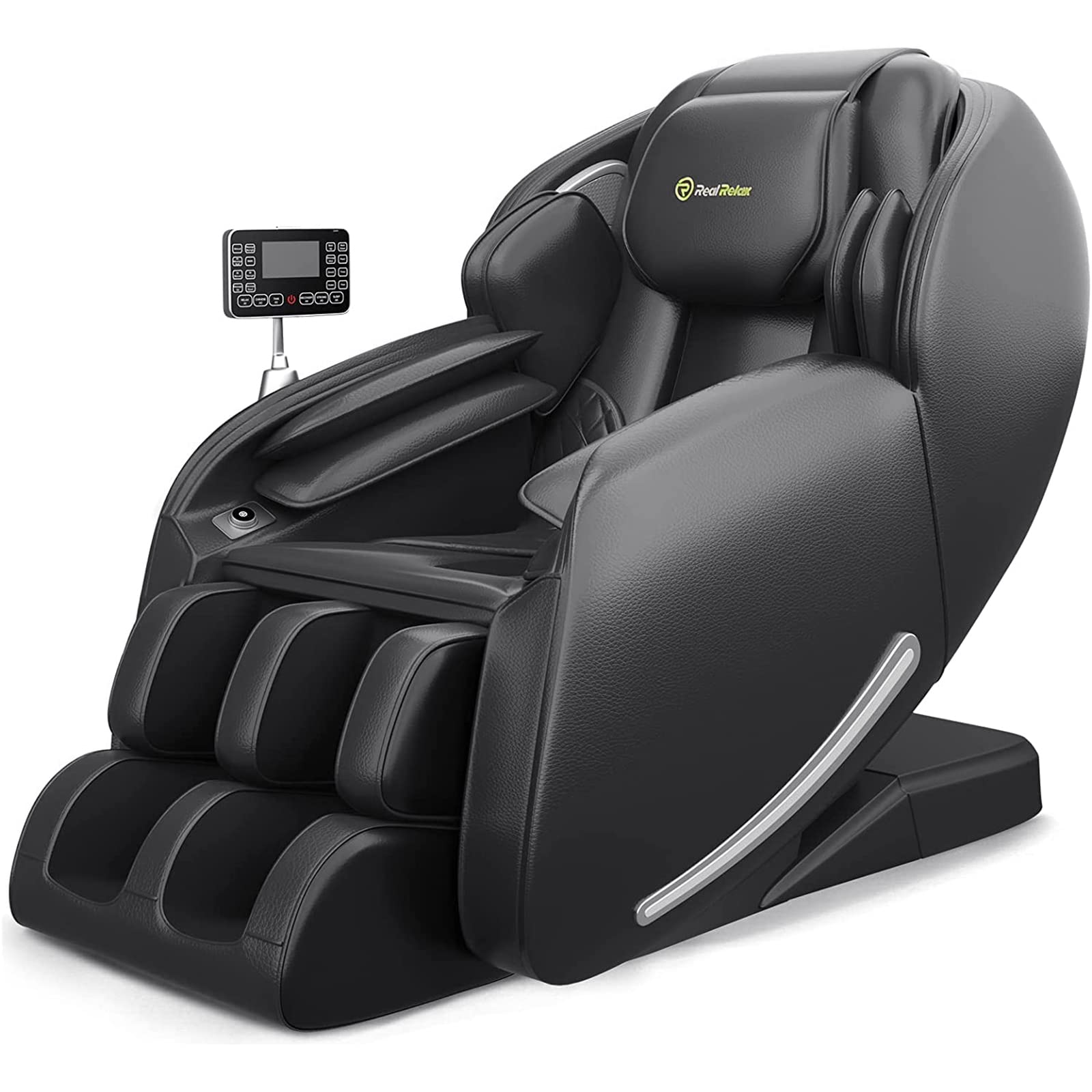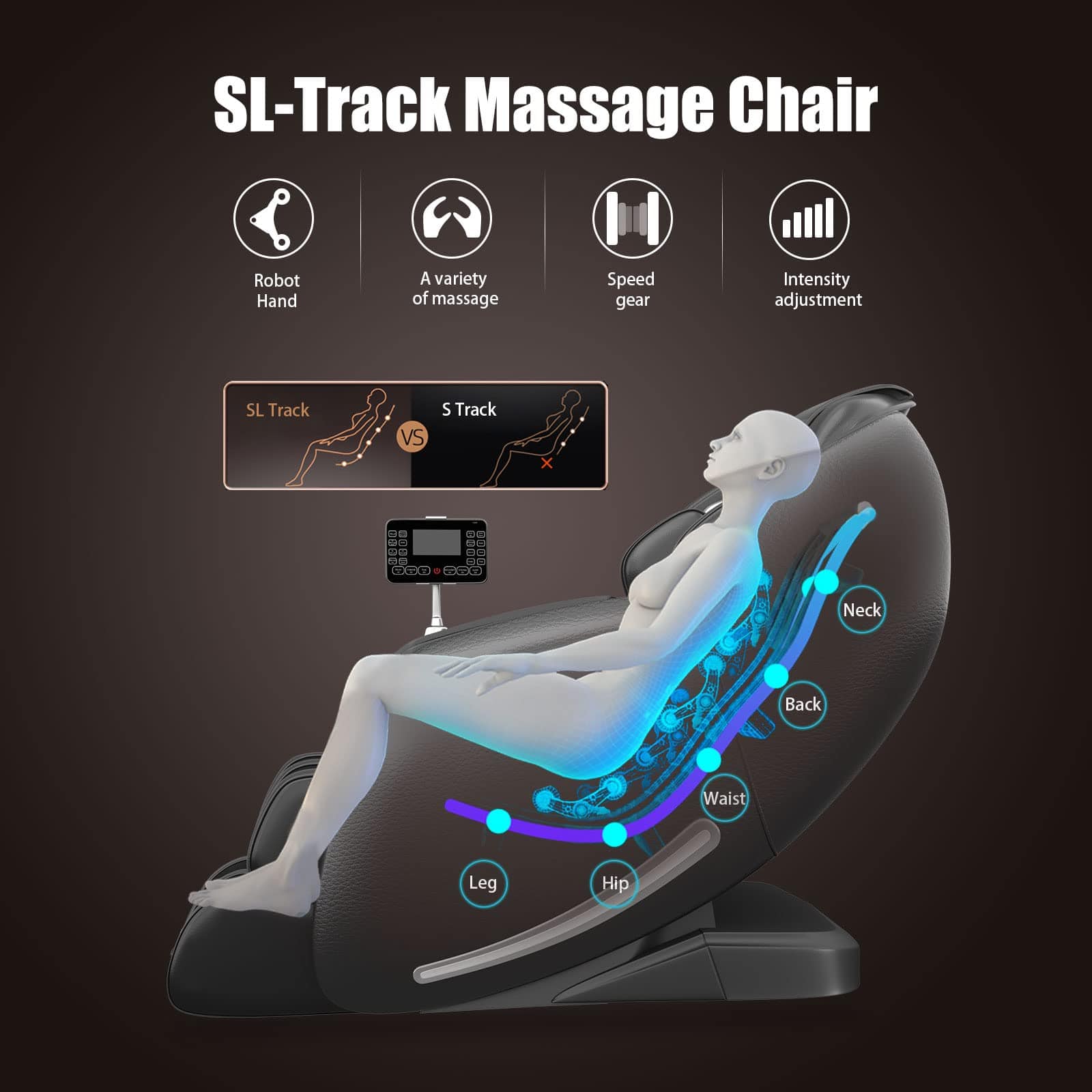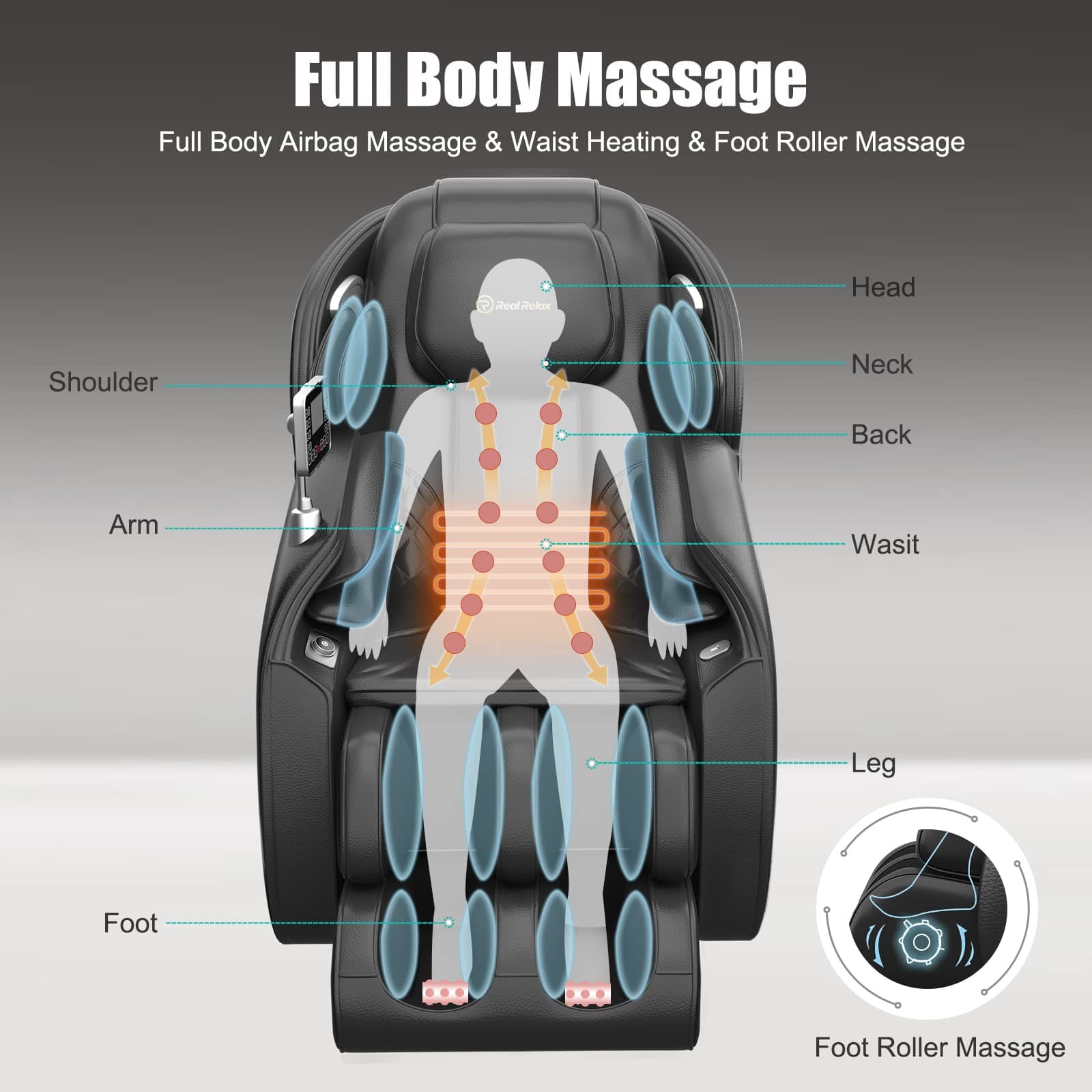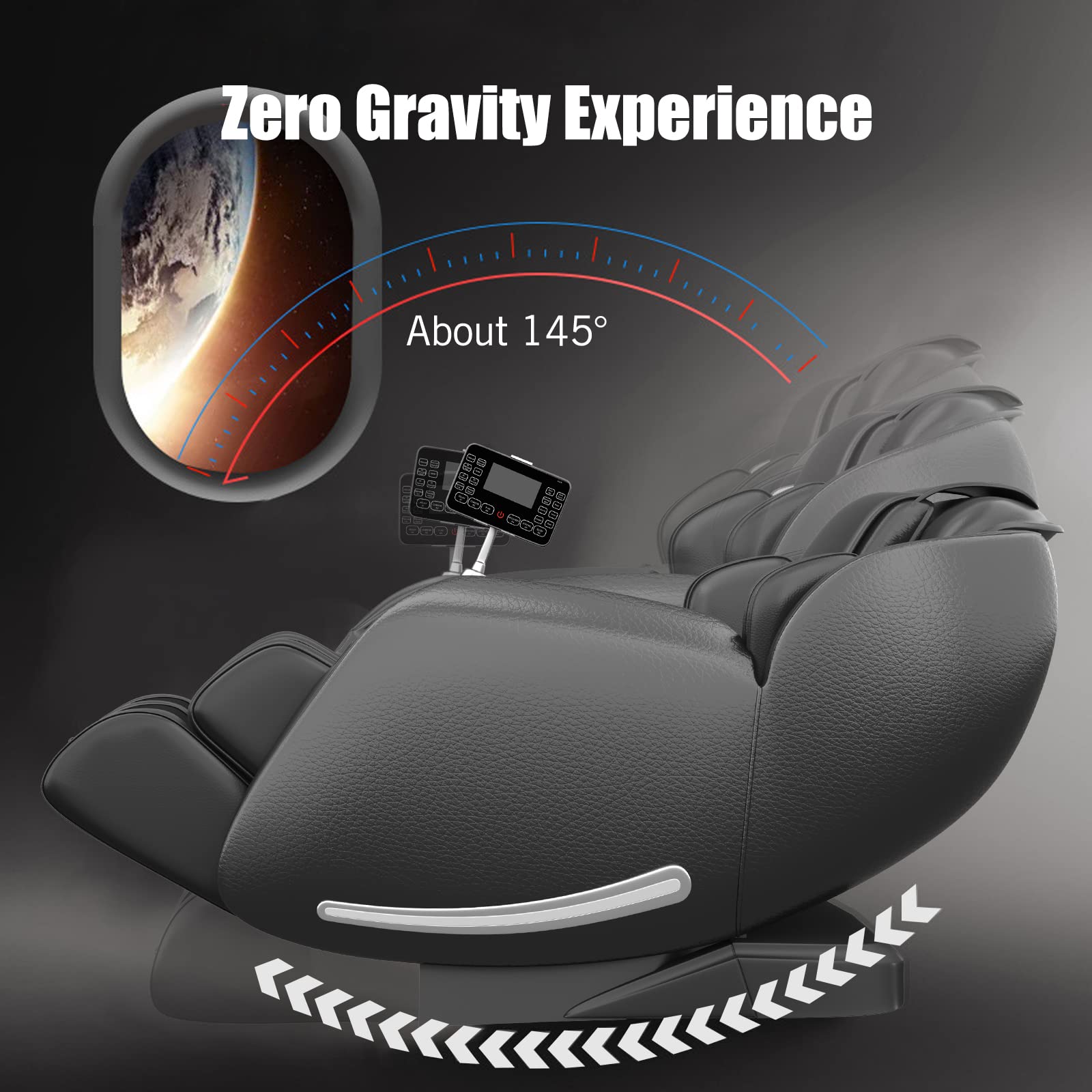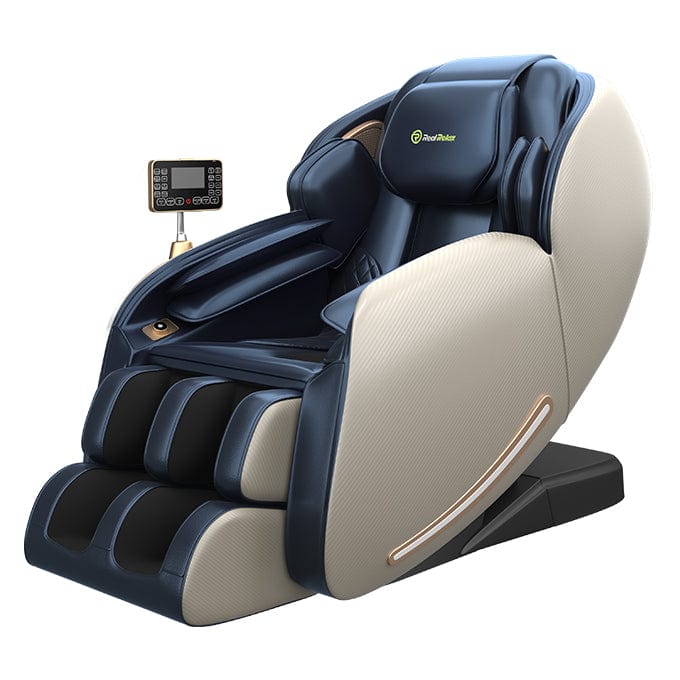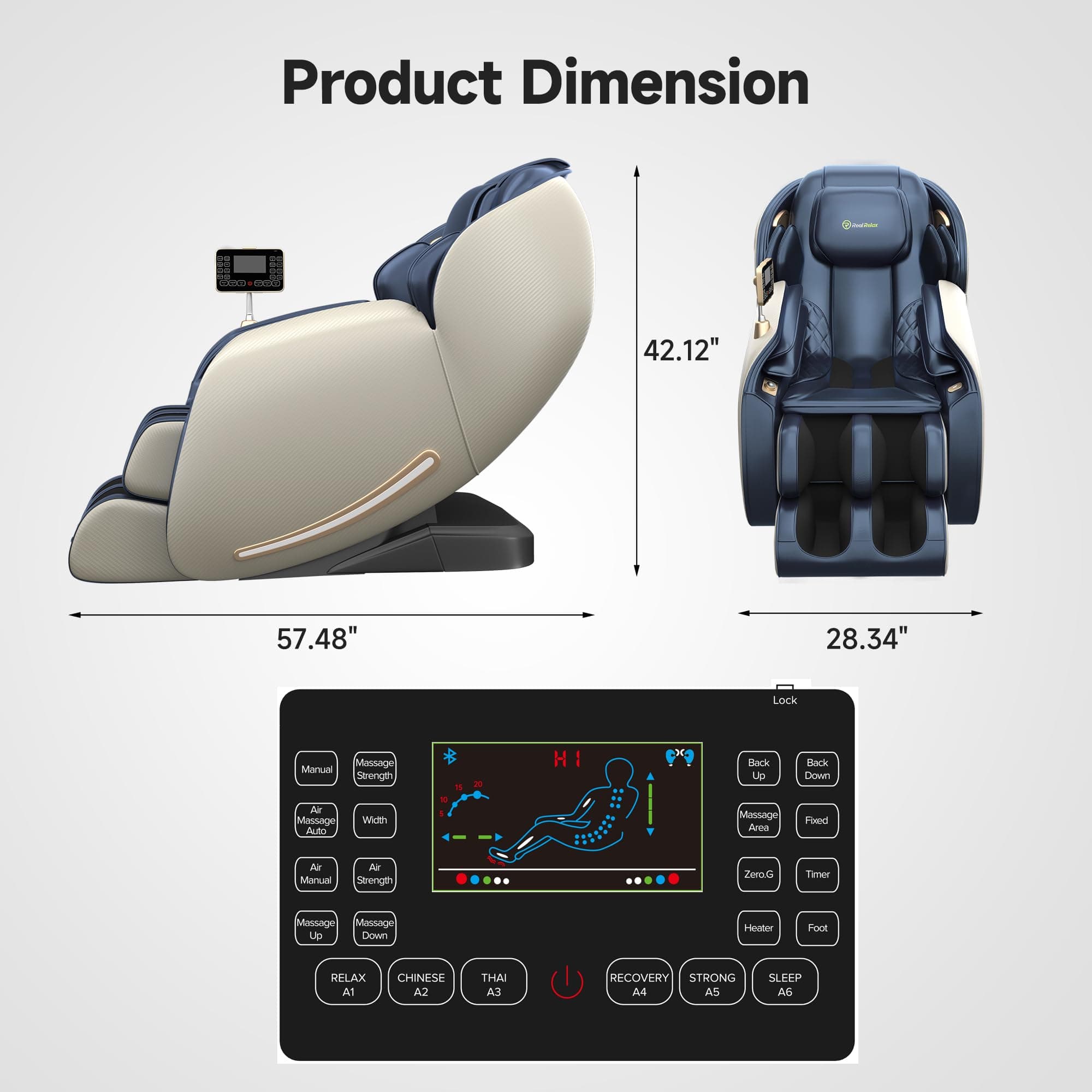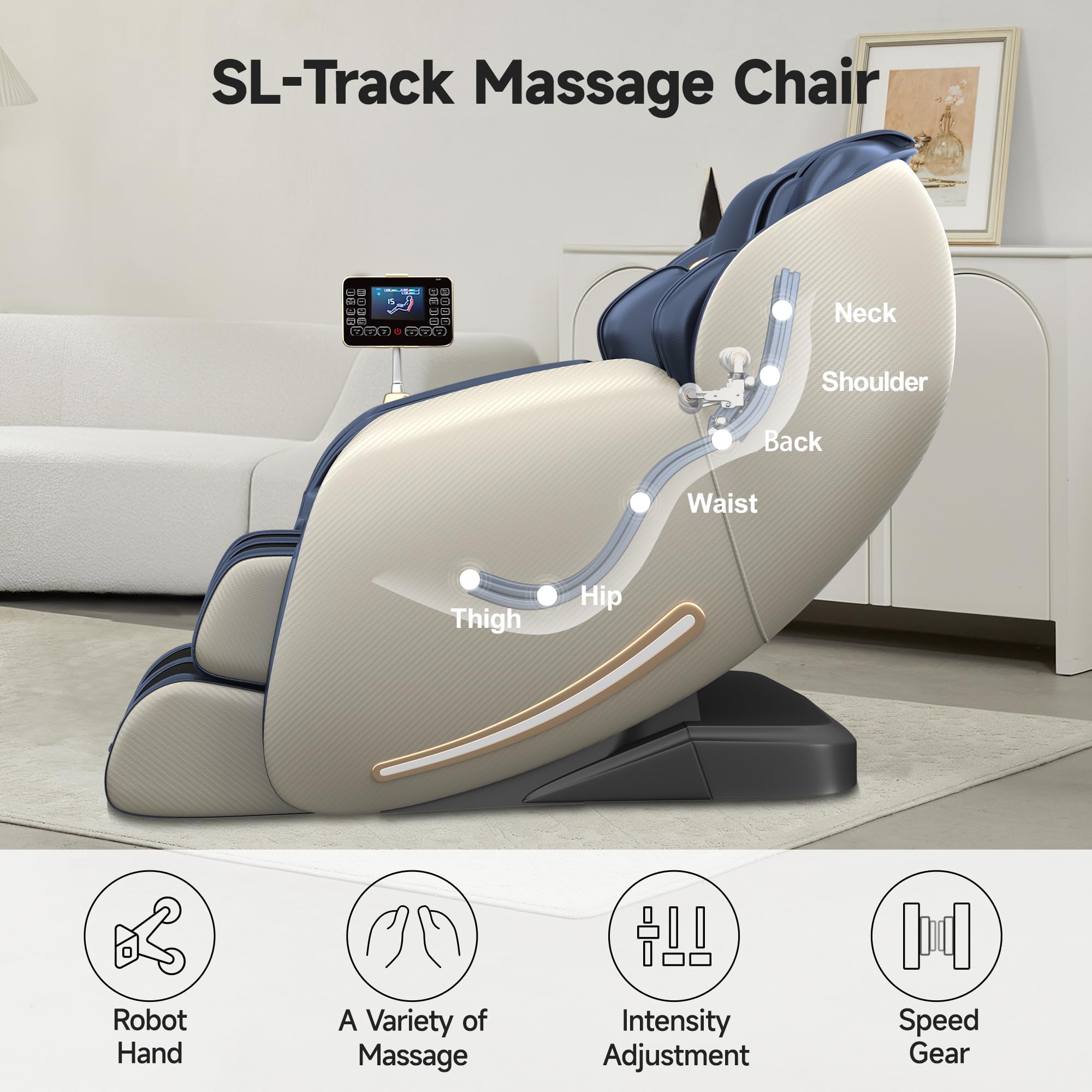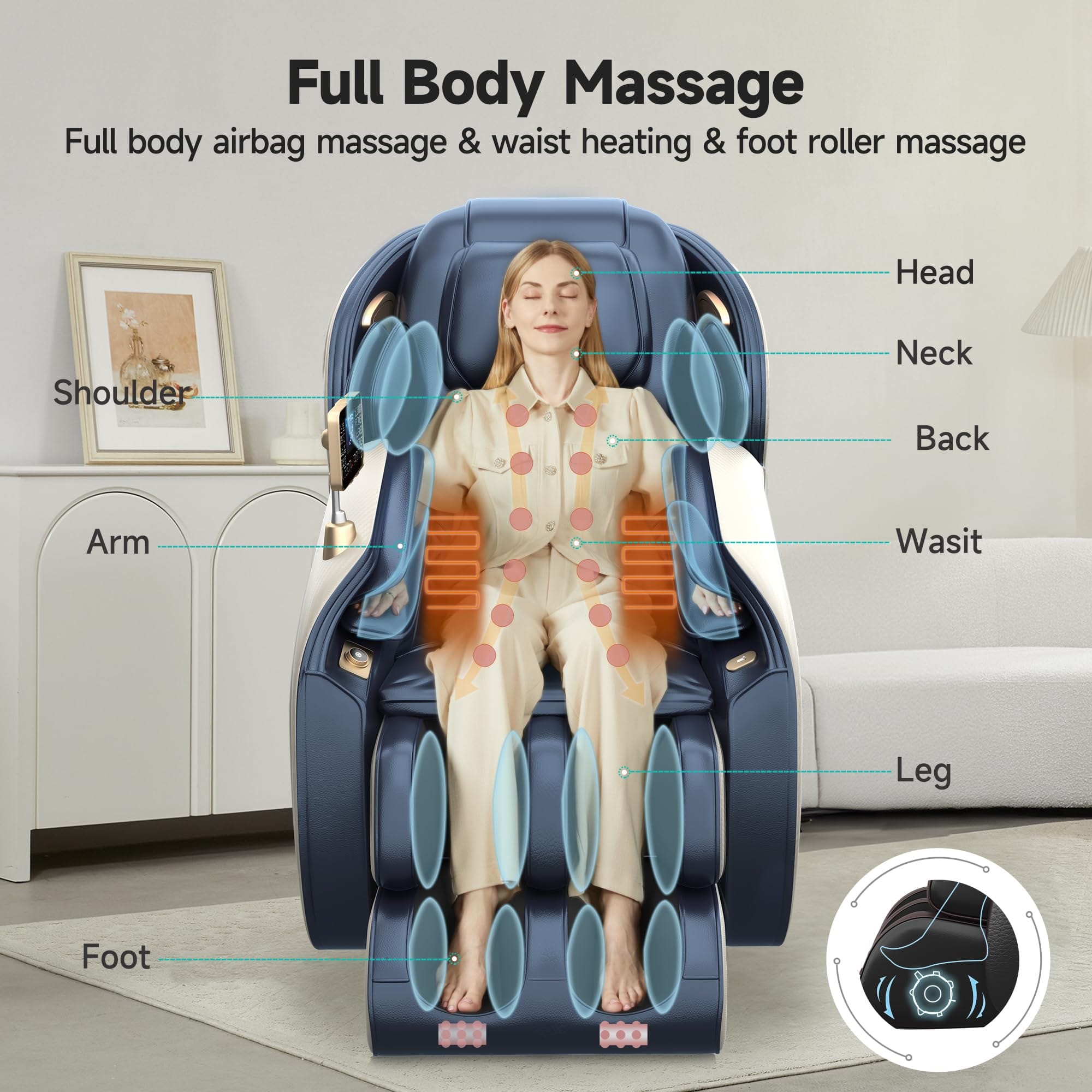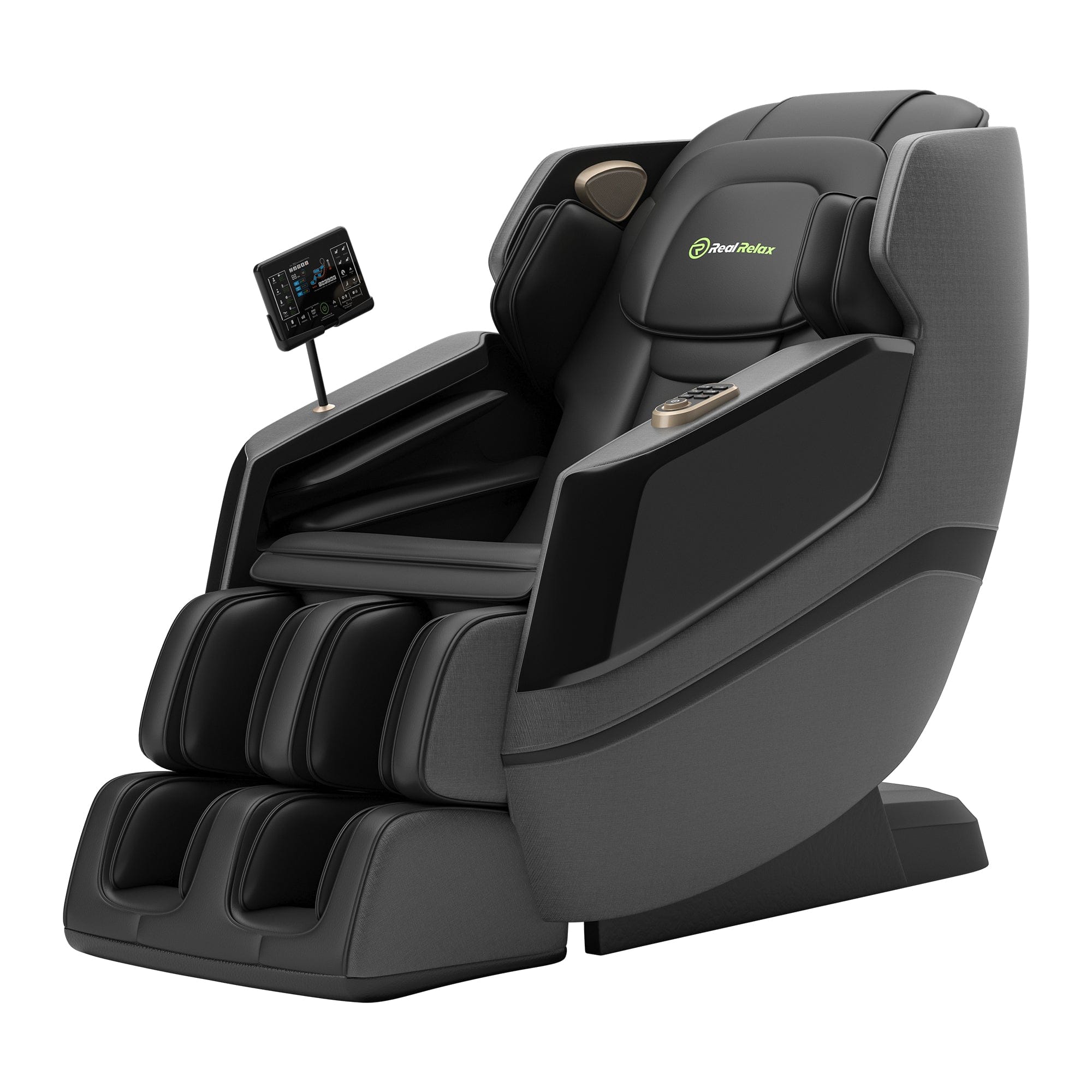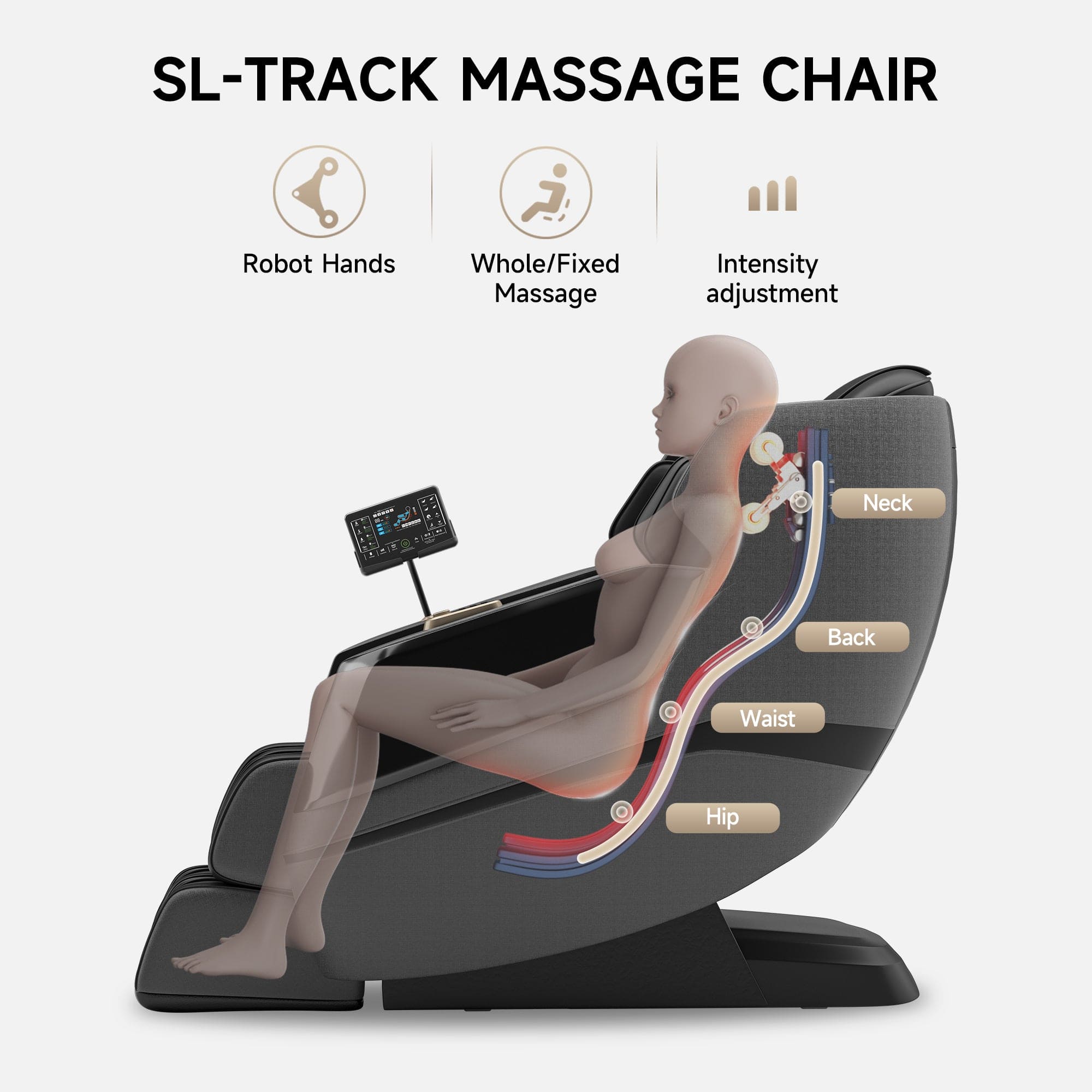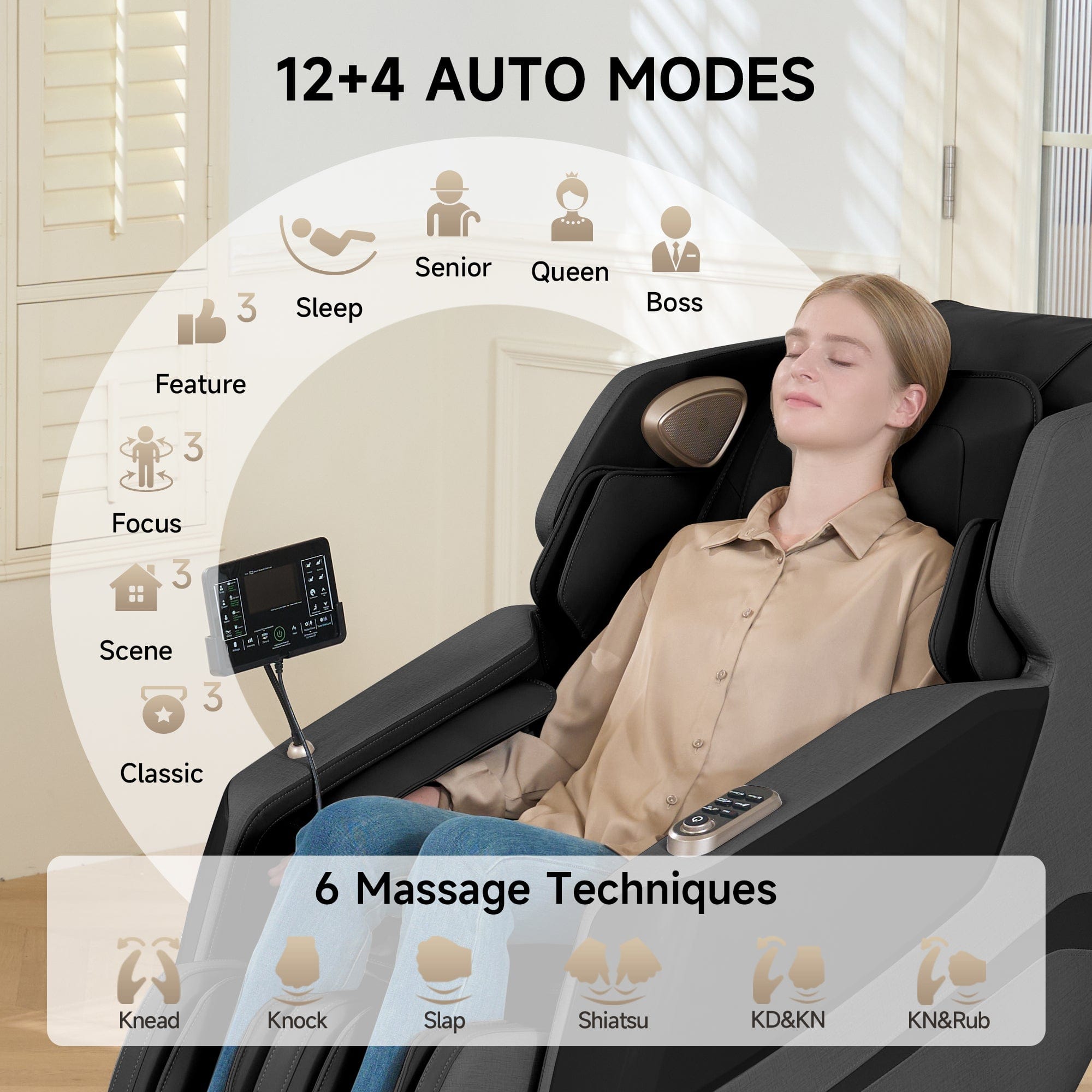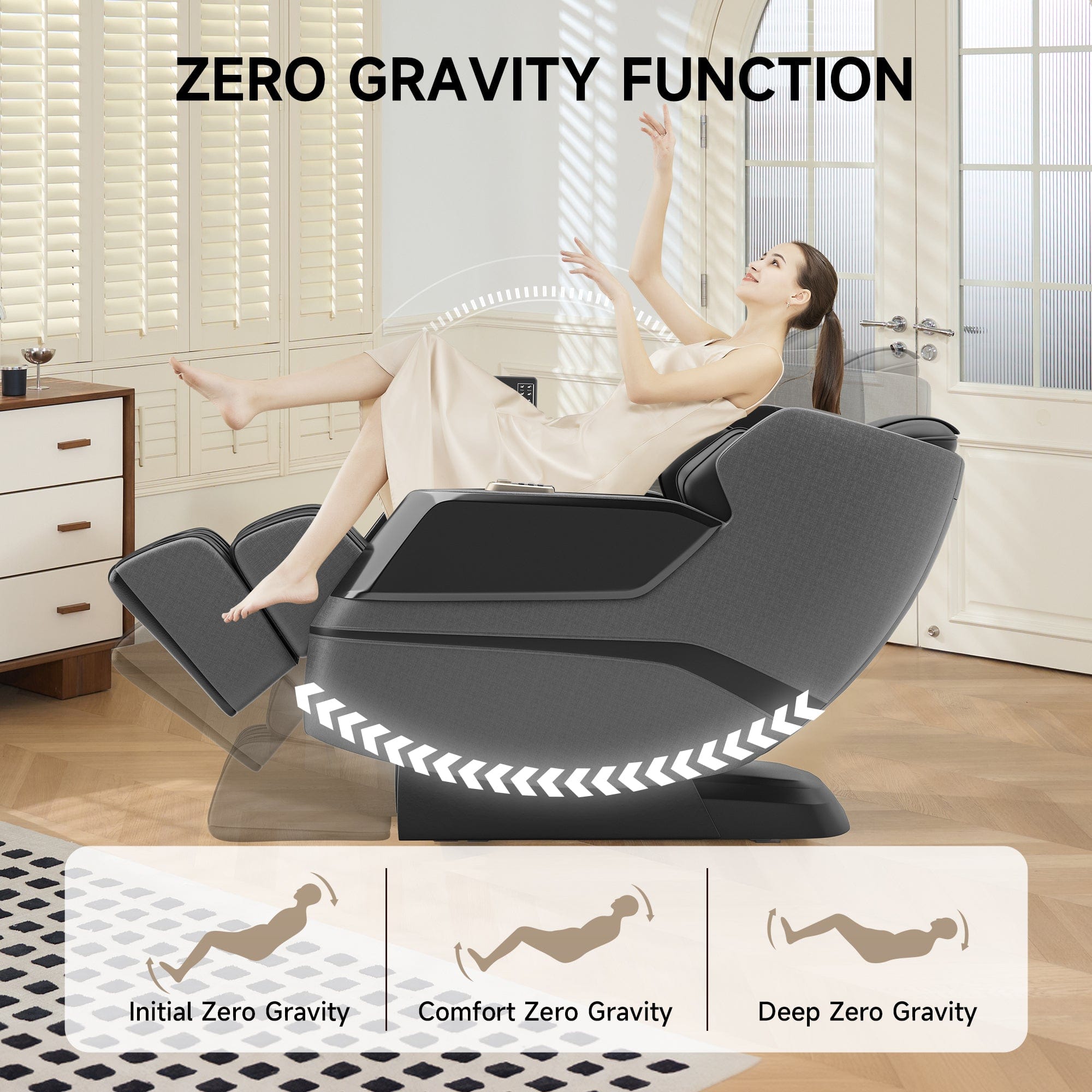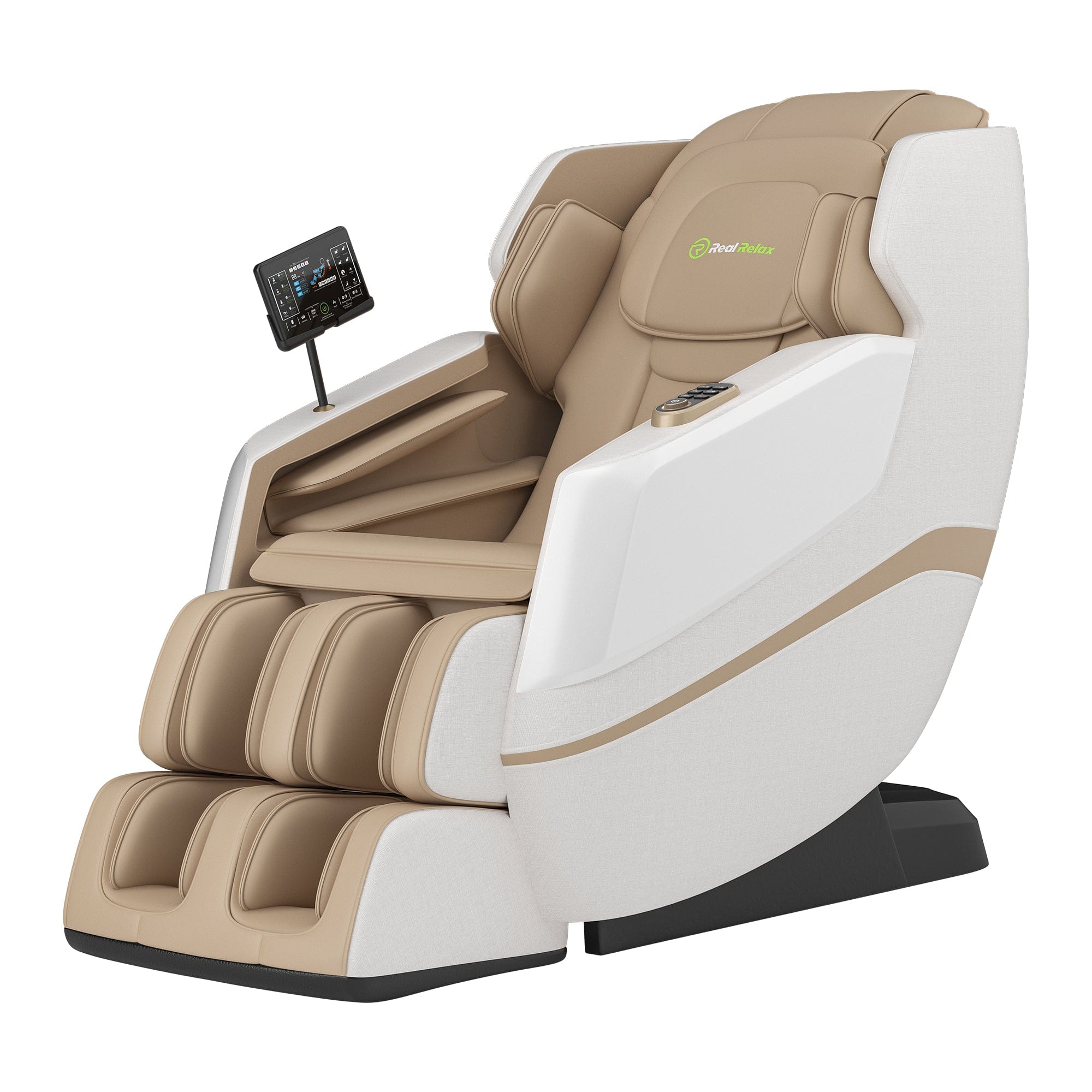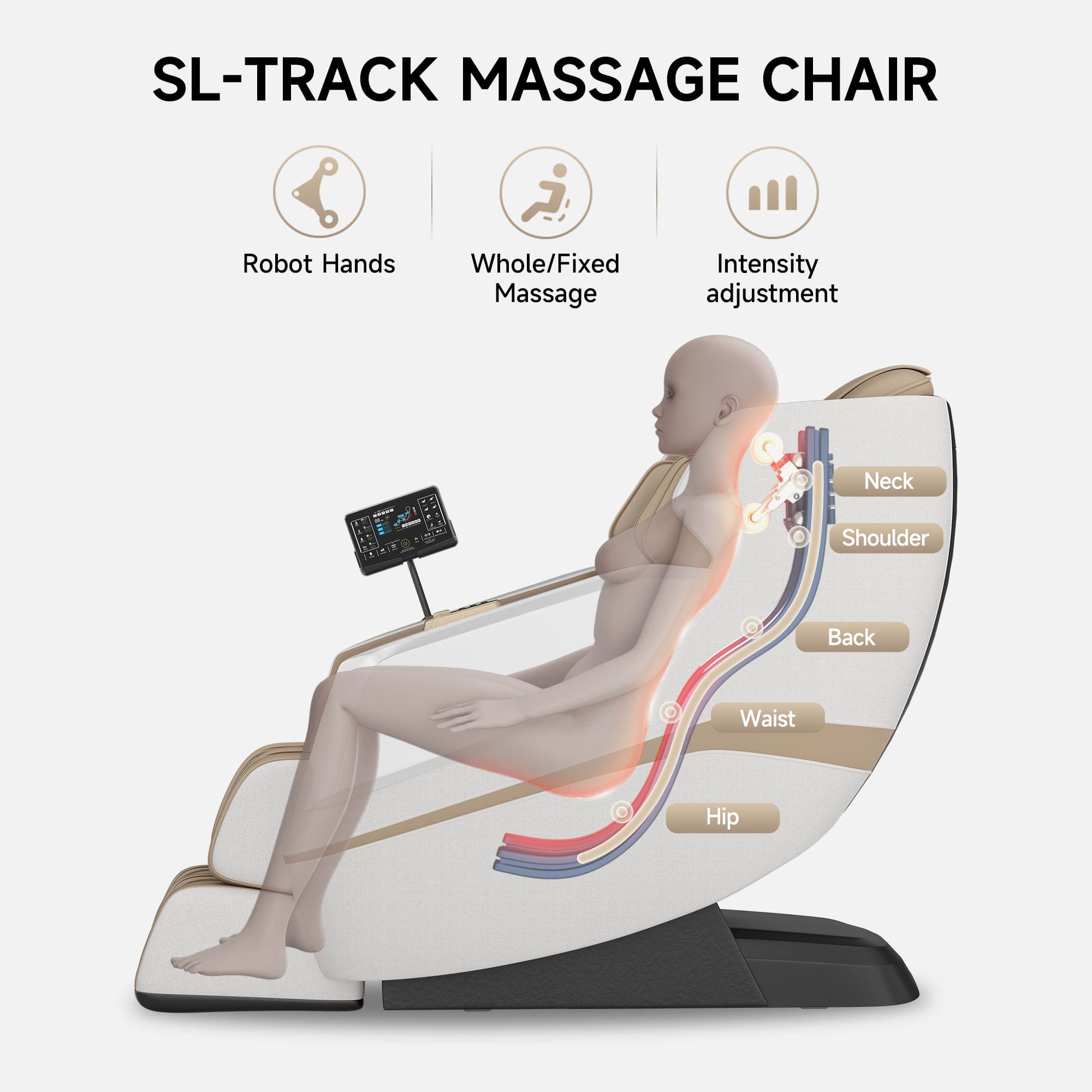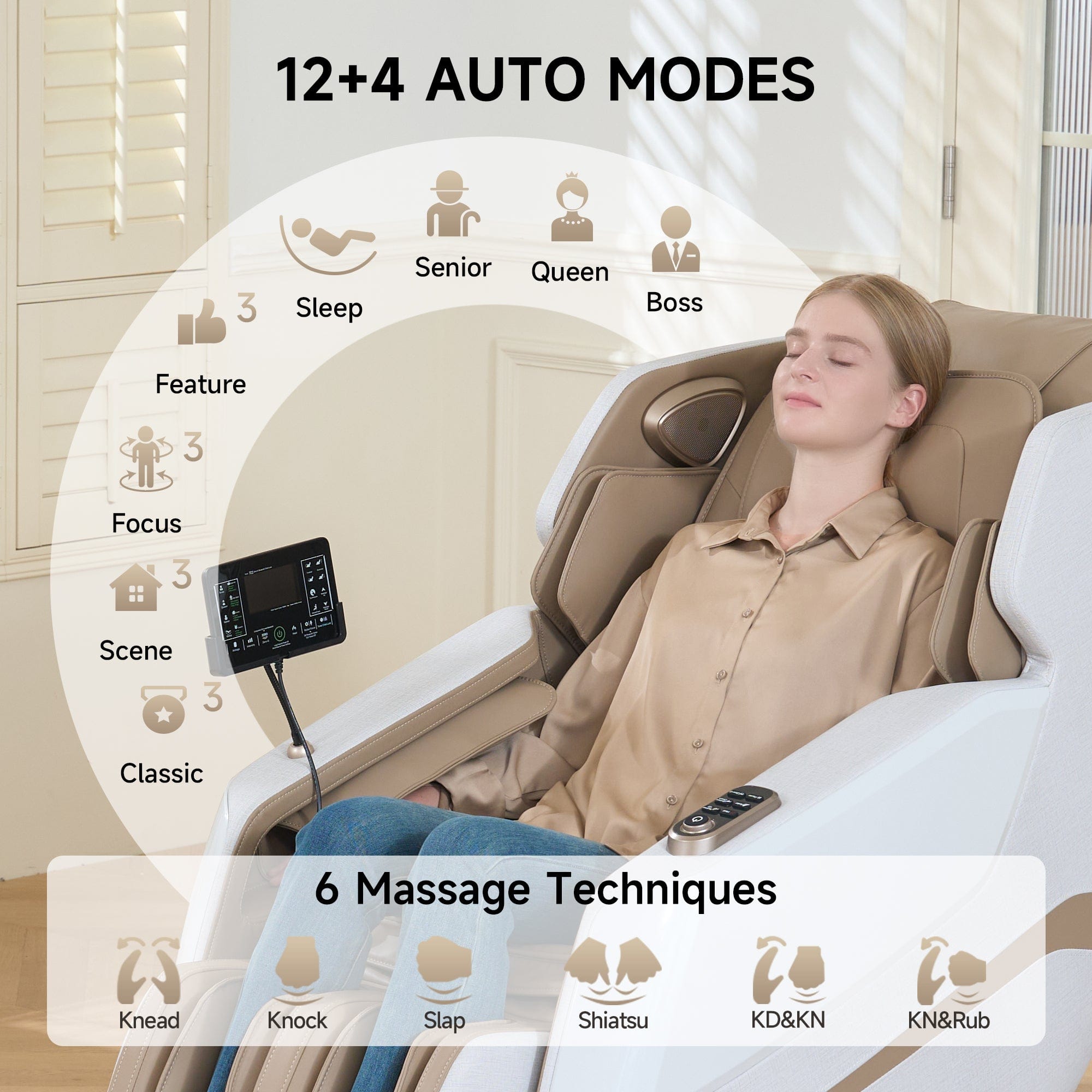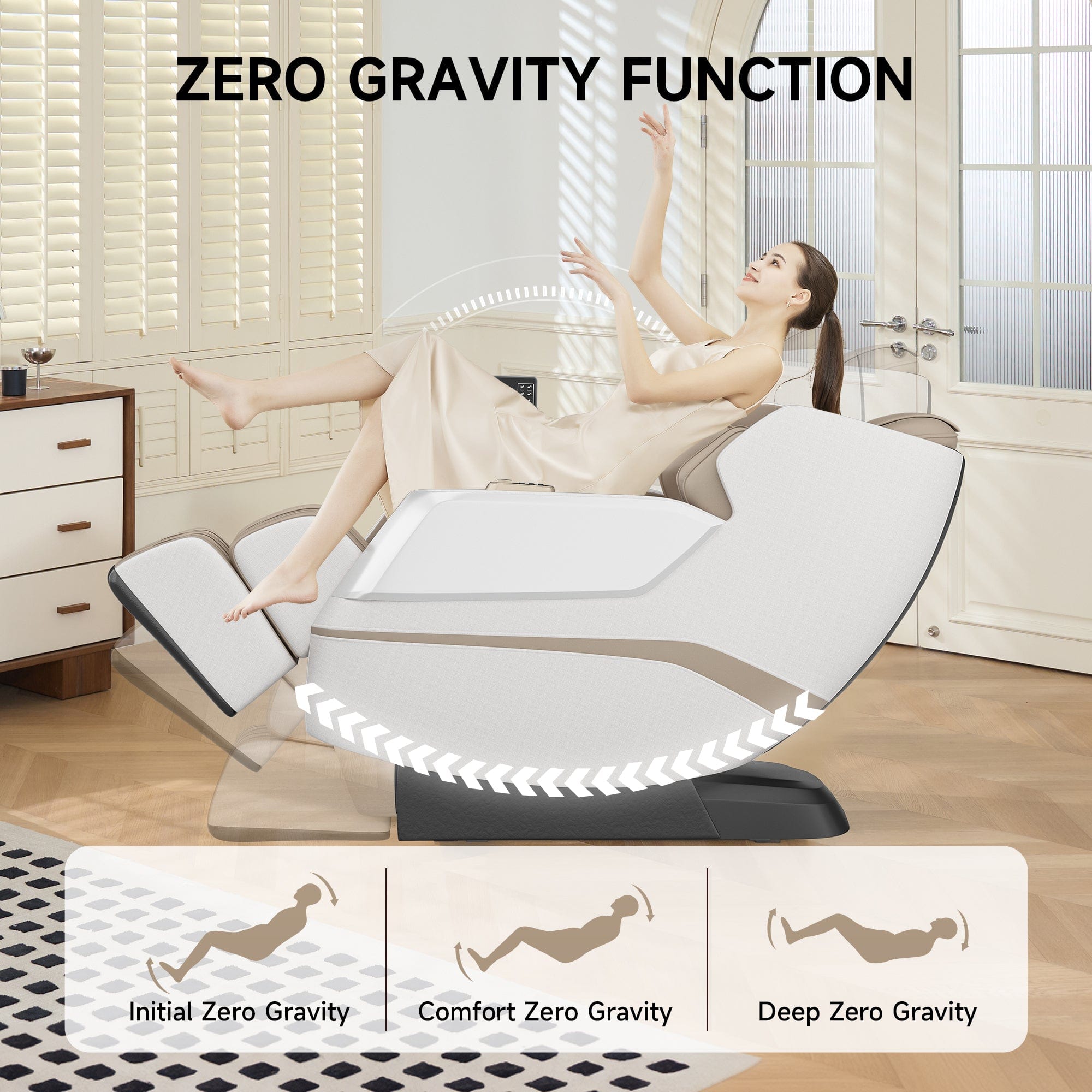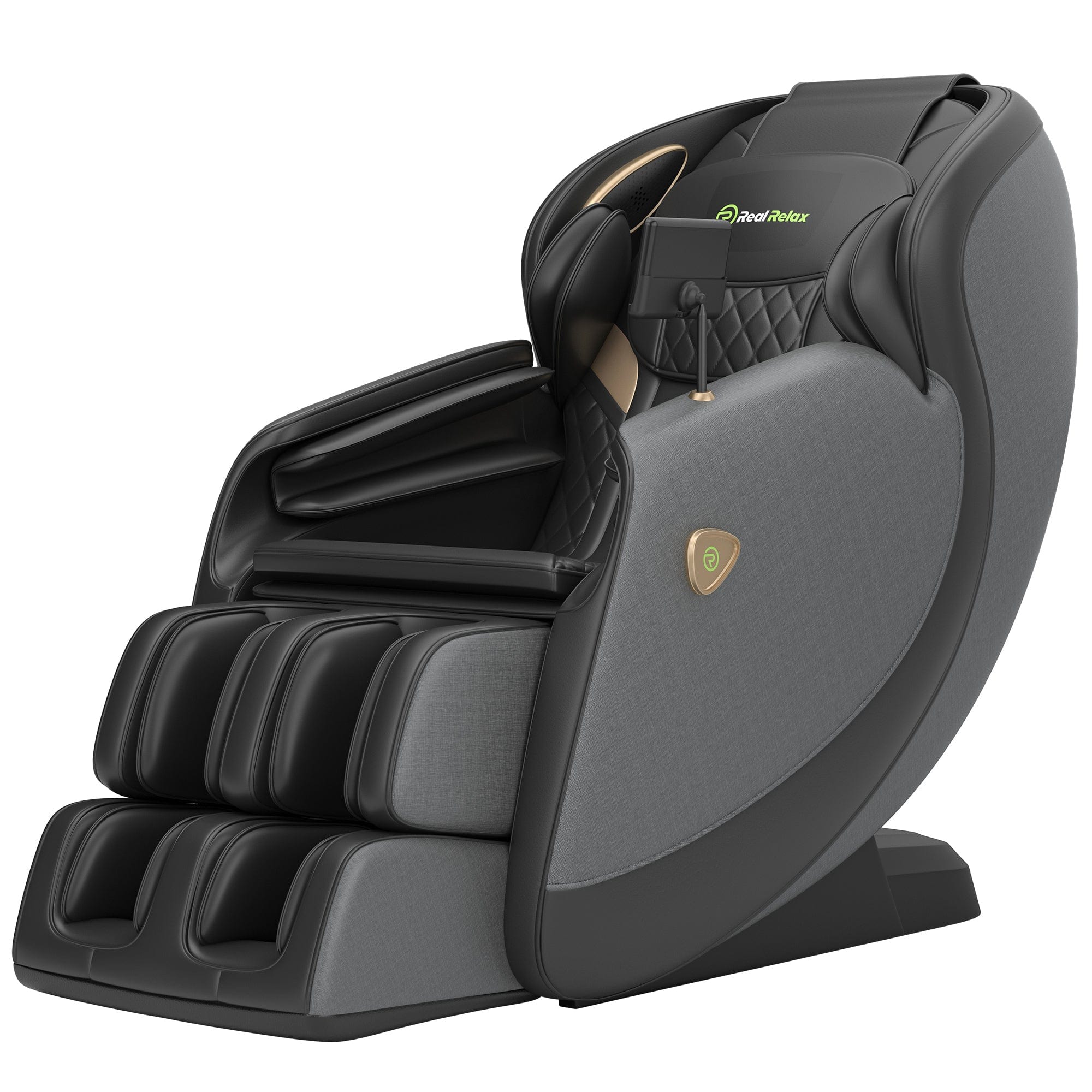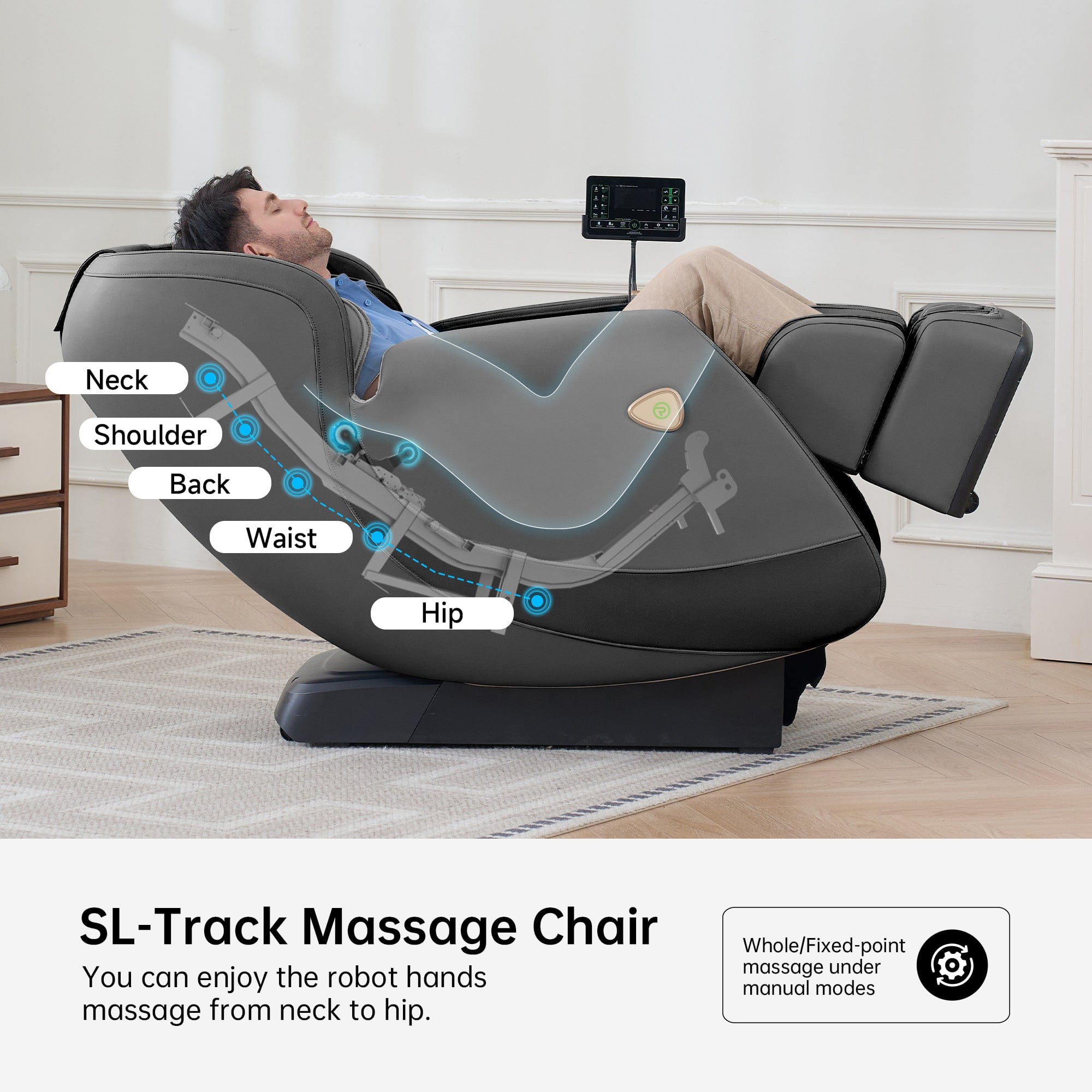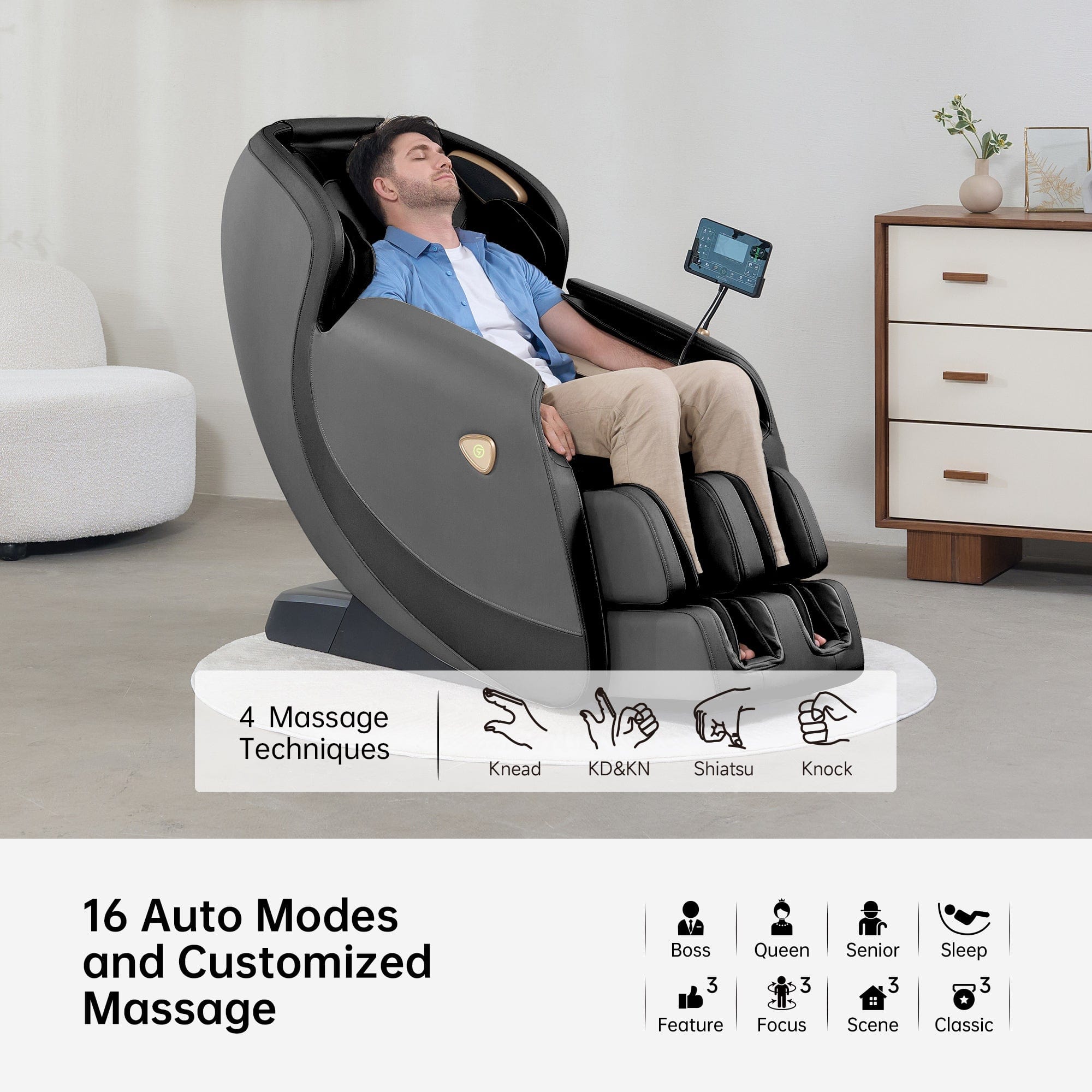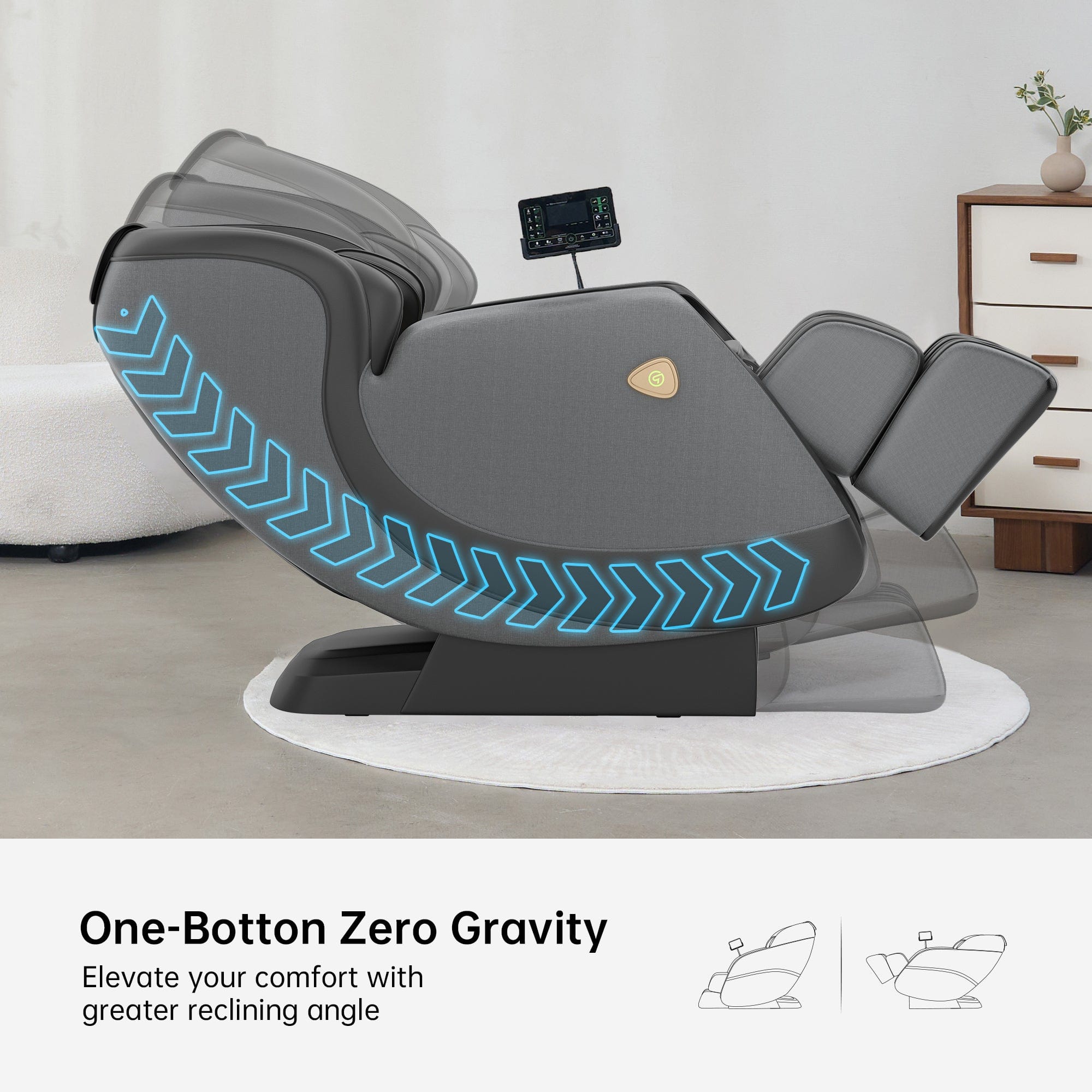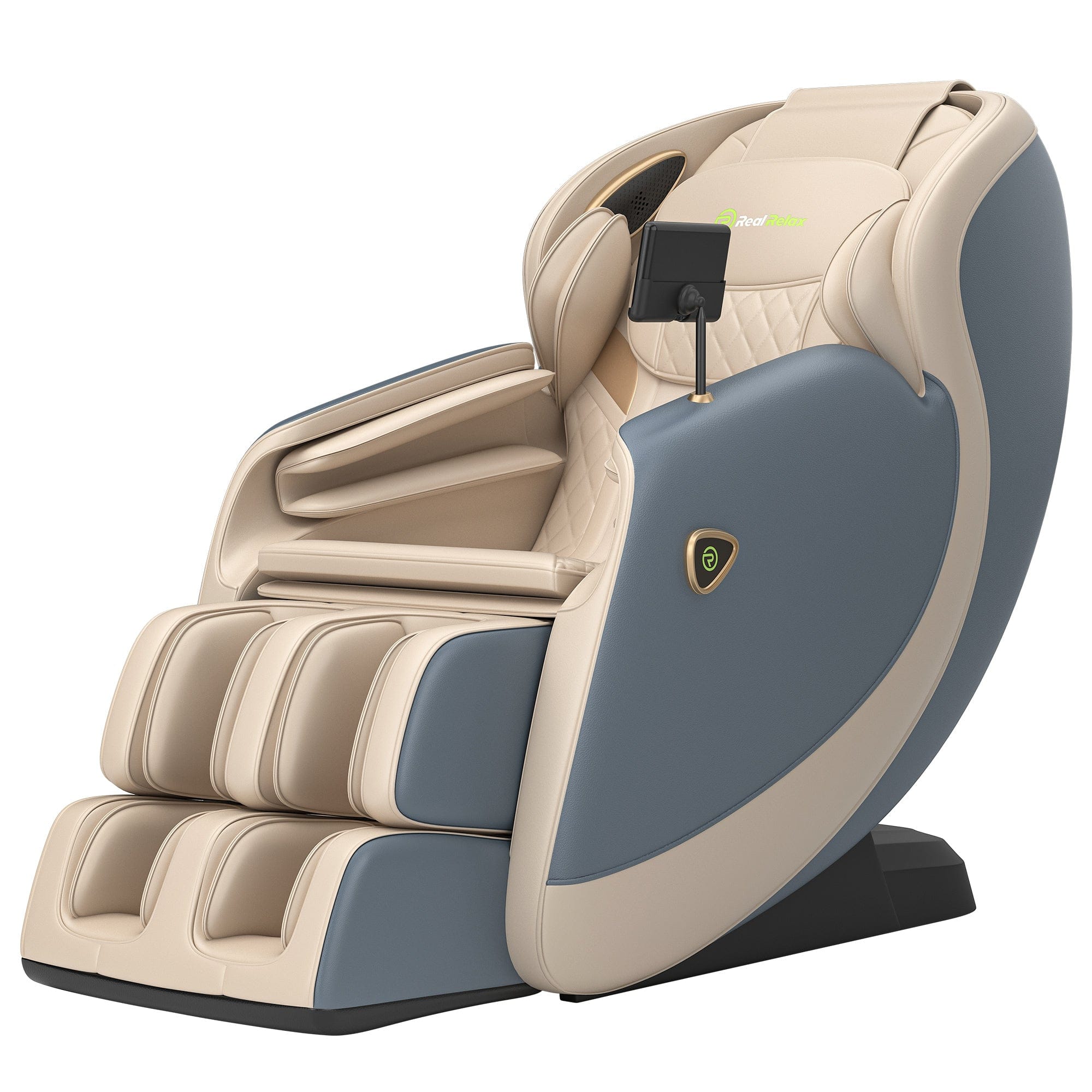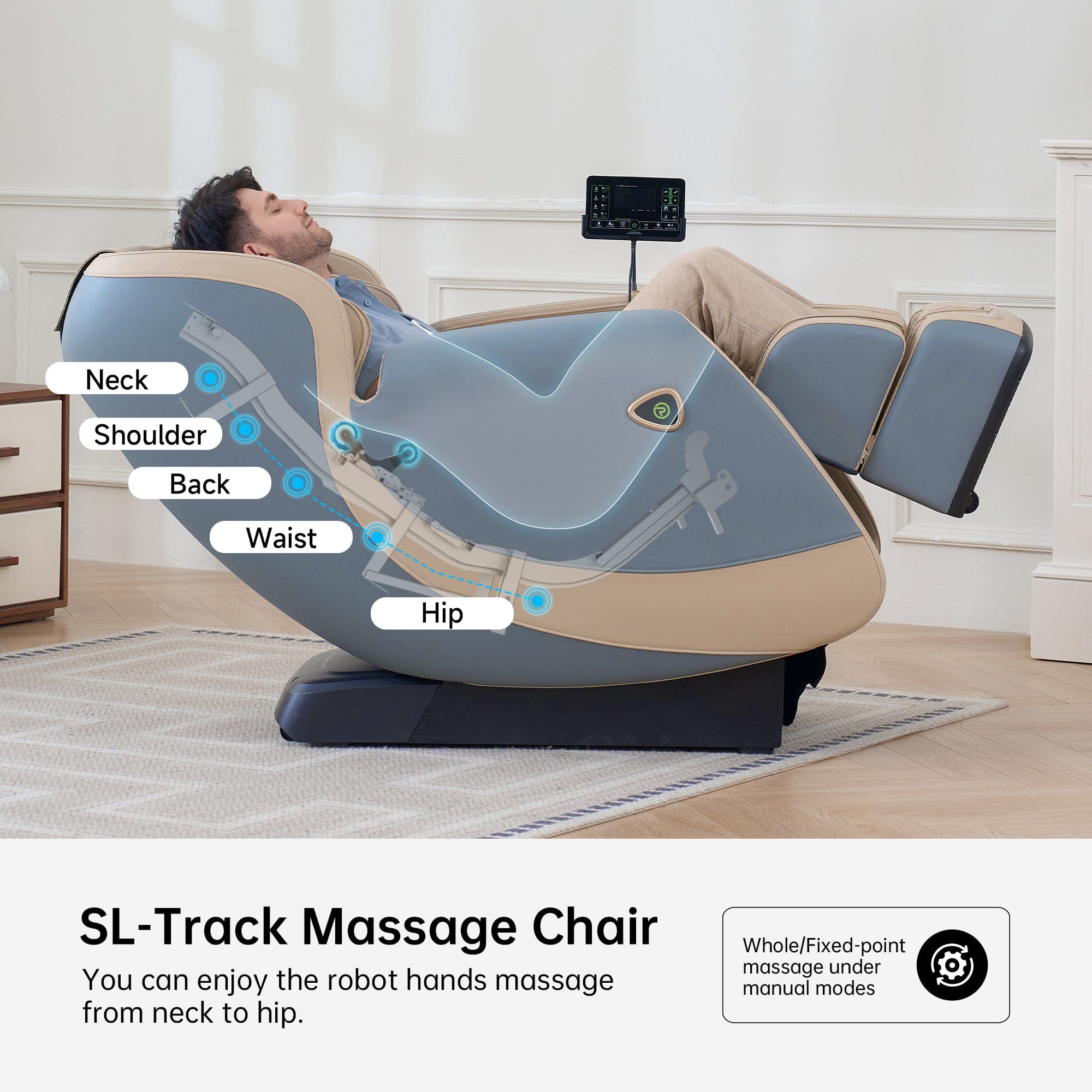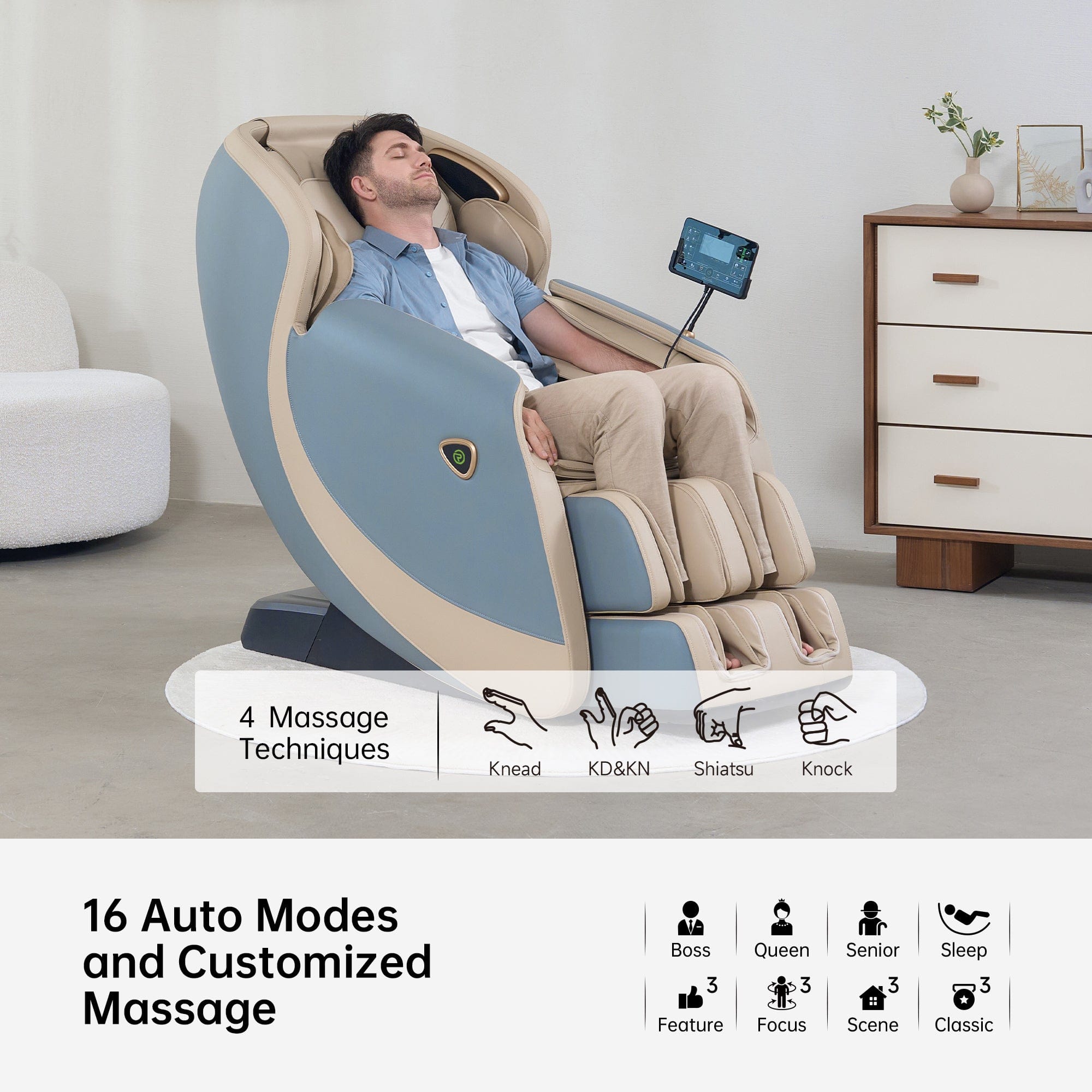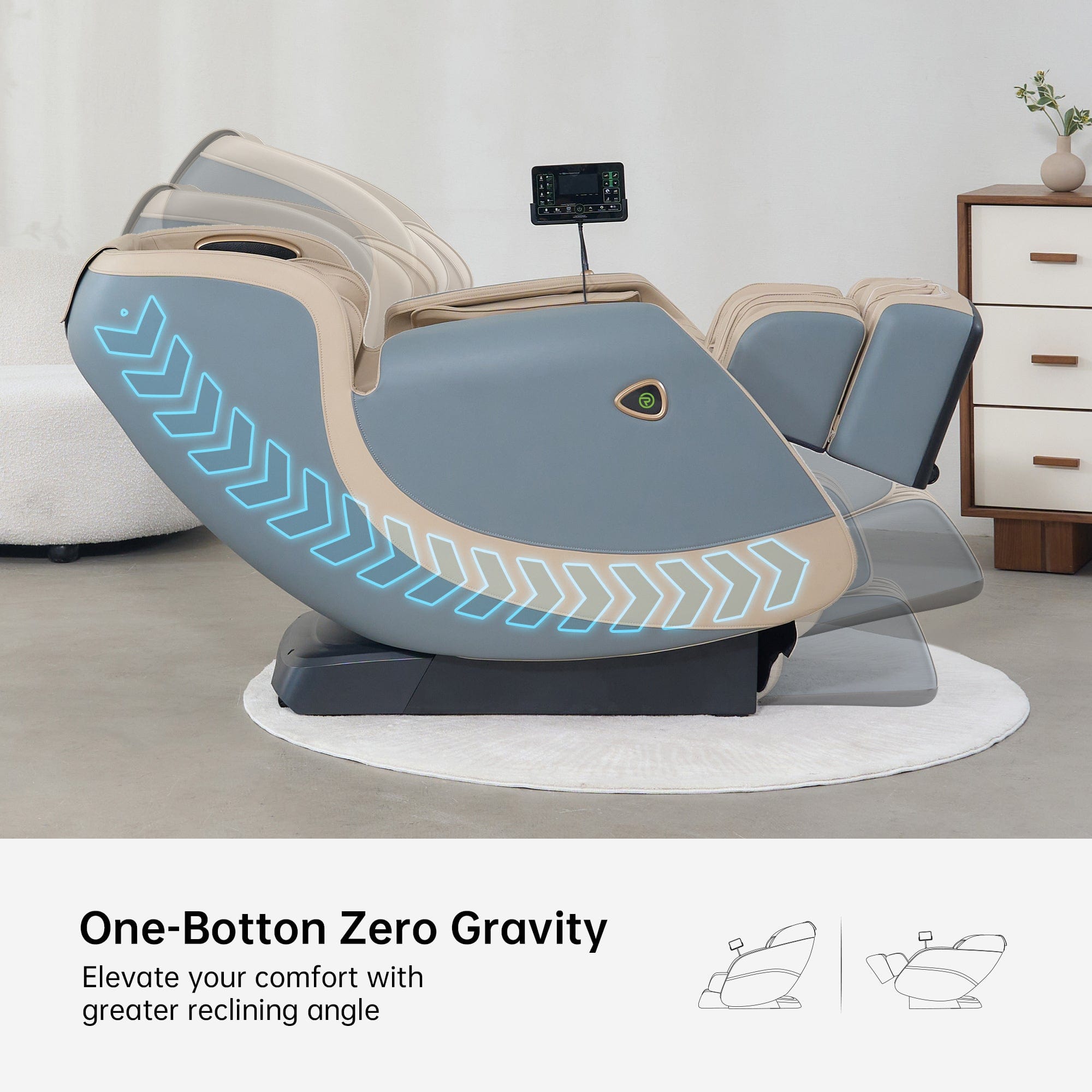Massage chairs are pretty awesome, right? You sit down, hit a button, and let the chair go to work on your back, neck, shoulders - maybe even your legs. It’s like bringing a mini spa home. But while these chairs offer some serious relaxation perks, they aren’t perfect. Yep, there are a few downsides.
So, before you kick back and melt into a robotic shiatsu session, let’s talk about some of the common negatives of massage chairs—and more importantly, how you can work around them. Because with a little know-how, most of the cons have pretty easy fixes.
1. The Massage Feels Too Rough
Not everyone wants to feel like they're being wrestled by a robot. Some massage chairs come with strong rollers and airbags that dig in deep, which might be great for one person and way too much for another. If you’ve got sensitive muscles, joint pain or just prefer a gentler touch, this can be a real problem.
What You Can Do:
Start slow. Use the lowest setting first and see how your body reacts.
Check for adjustability. Look for a massage chair with adjustable intensity, speed, and targeted zones.
Add a buffer. Throw a folded towel or thin cushion behind your back to soften things up.
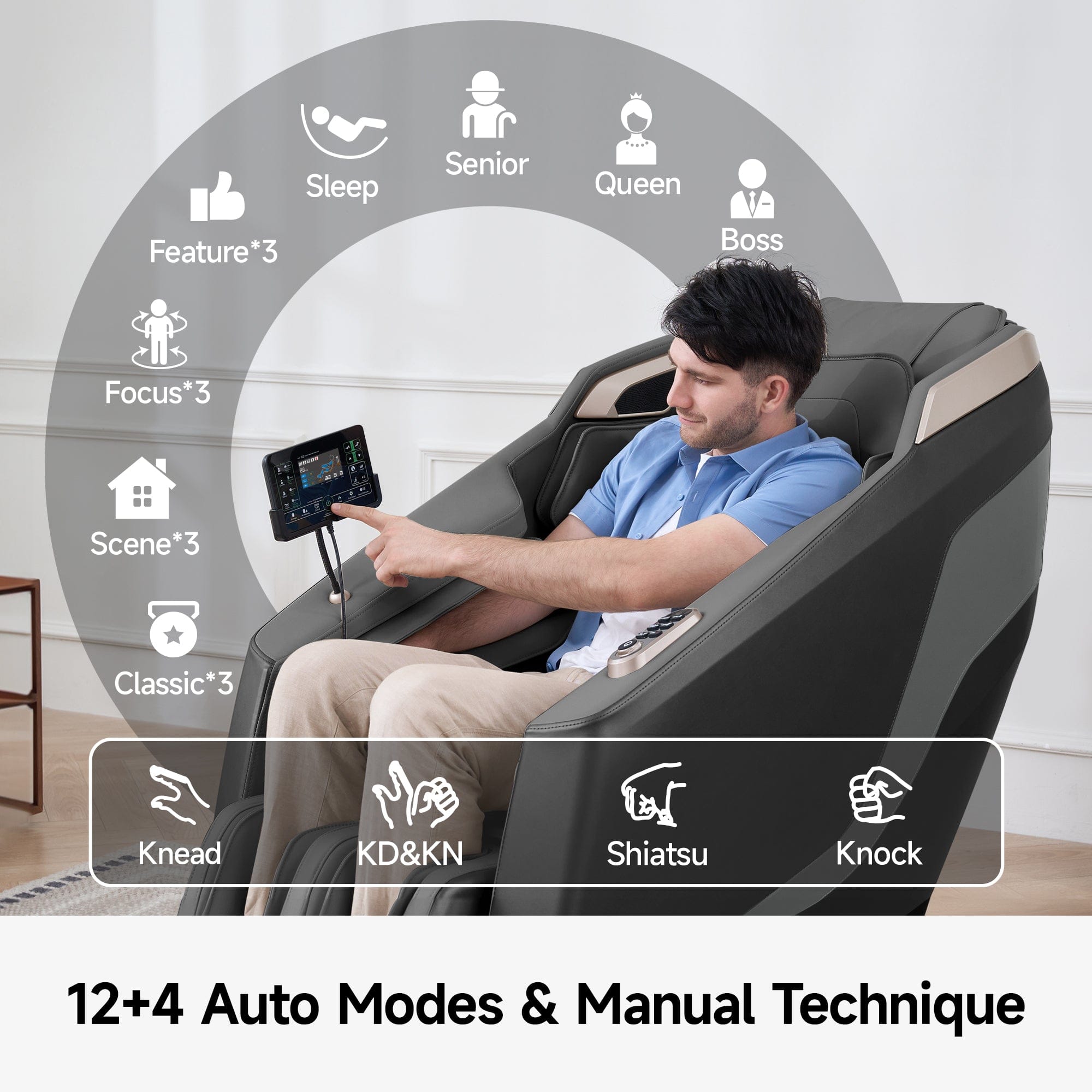
2. Feeling Dizzy or Nauseous After Use
It sounds weird, but some folks feel a bit off after using a massage chair—kind of dizzy, lightheaded, or even slightly nauseous. This usually happens if the chair tilts you back too far or uses strong vibrations around your head or neck.
What You Can Do:
Keep sessions short at first. Try 10-15 minutes instead of diving into a 30-minute full-body routine.
Sit upright after your session. Don’t just jump up—let your body readjust gradually.
Hydrate. Water helps flush out the lactic acid released during massage.
3. They Take Up a Lot of Space
Massage chairs are not exactly sleek. These things are big, bulky and kind of awkward to move. If you’re tight on space, that oversized recliner might feel more like a roommate than a piece of furniture.
What You Can Do:
Measure your space before buying. Don’t guess—grab a tape measure.
Look for space-saving designs. Some models only need a few inches from the wall to fully recline.
Choose a chair with wheels. Makes it way easier to shift it around if you need to.
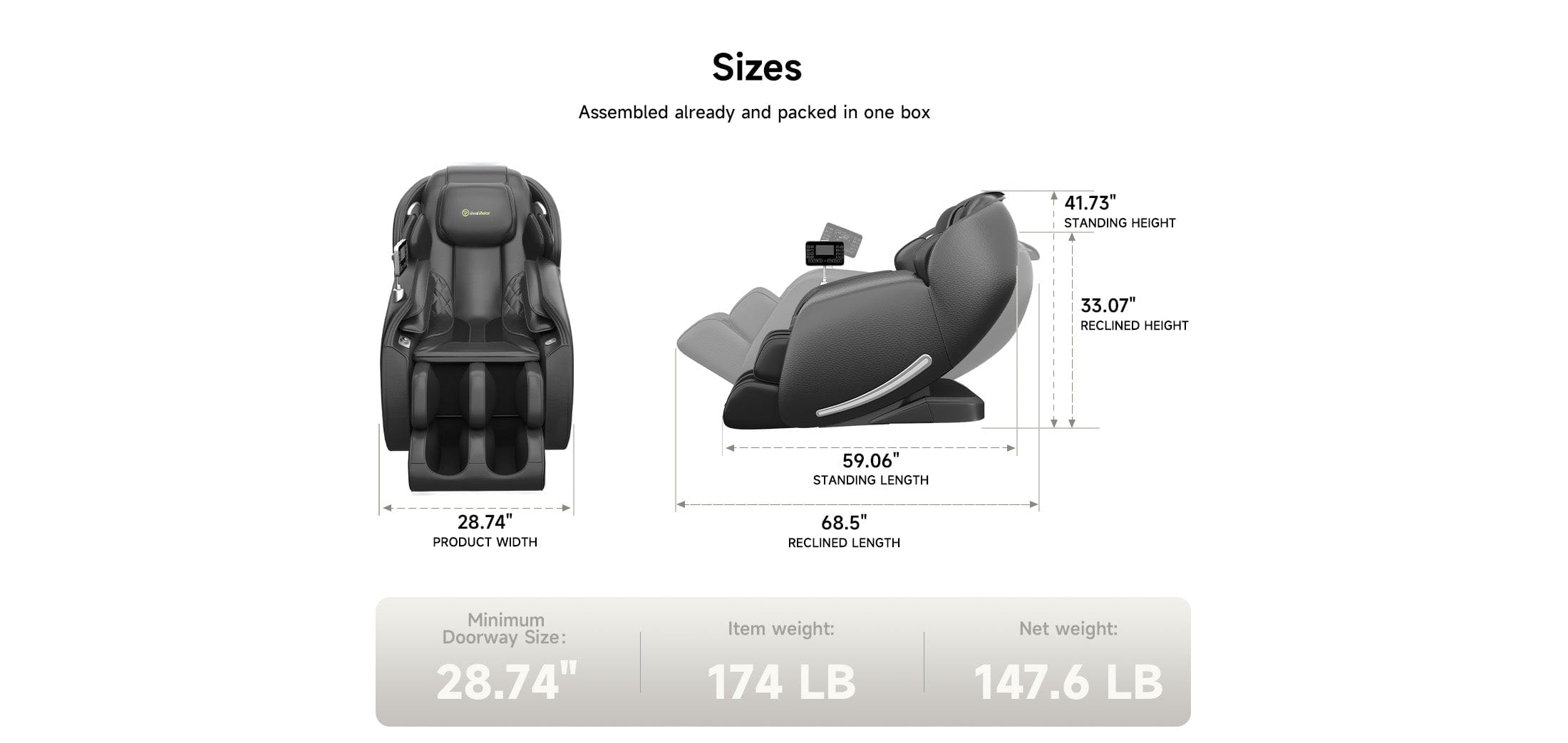
4. Not Cheap
Let’s talk money. Good massage chairs aren’t exactly budget-friendly. Even basic models can be a few hundred bucks, and if you want heat, zero gravity or Bluetooth speakers, the price jumps fast.
What You Can Do:
Shop refurbished or open-box. Tons of people return perfectly good chairs—they just didn’t fit their space.
Wait for sales. Holiday deals, Black Friday or end-of-year clearances can save you a chunk.
Stick to core features. Don’t get distracted by flashy extras. A simple chair with solid rollers is better than a flashy one that barely massages.
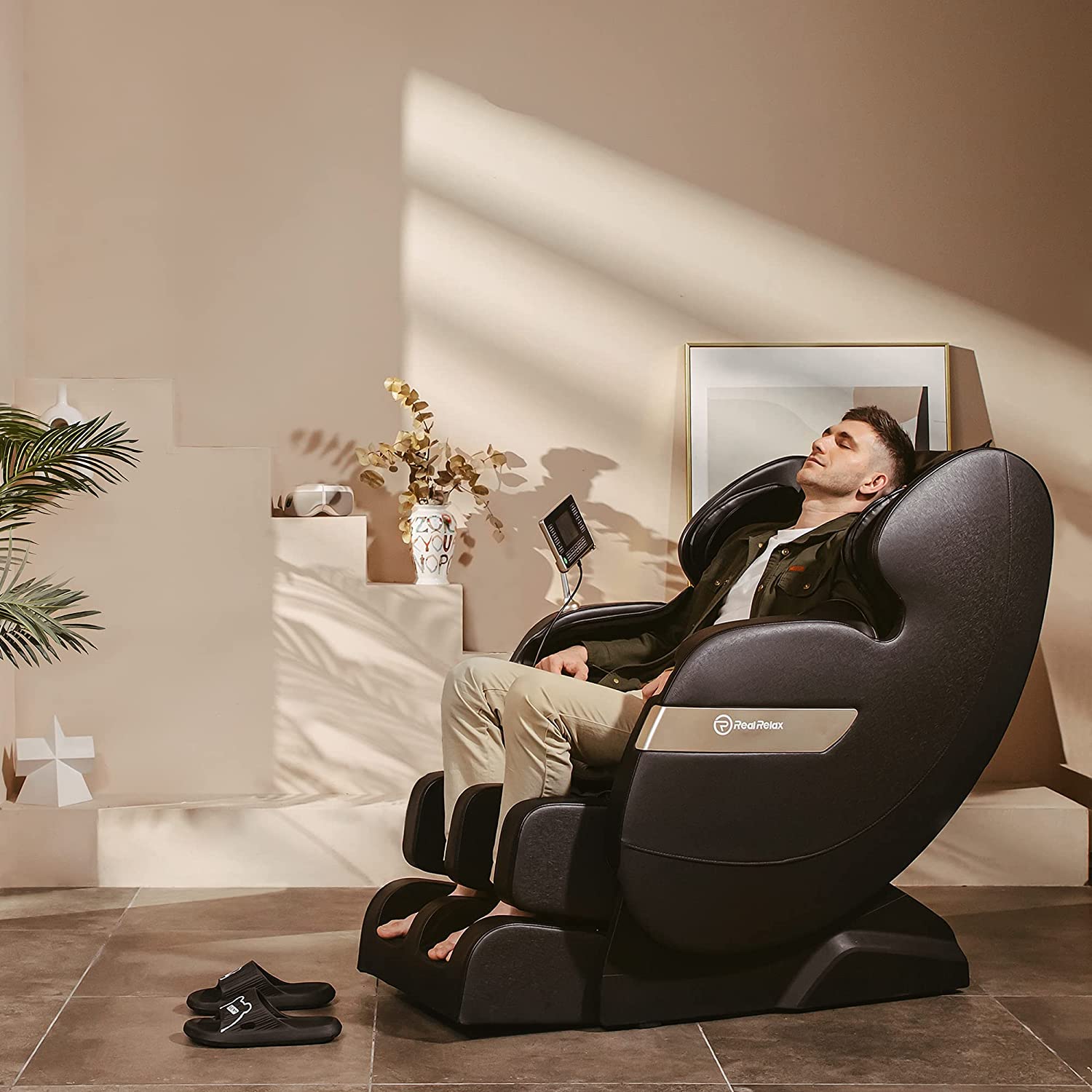
Real Relax Favor-03 ADV Massage Chair ($999.99 USD)
5. High Maintenance and Repairs
With motors, wires, remotes, and heating elements, massage chairs have a lot going on under the hood. And like any machine, things can break. Fixing them? Not always cheap or quick.
What You Can Do:
Buy from a trusted brand with good support.
Read the warranty carefully. Some cover only parts, not labor.
Keep it clean. Wipe it down weekly, avoid spilling drinks and don’t let dust clog the vents.
6. Not for Everyone
This is a big one. Some people shouldn’t use massage chairs at all—or at least not without checking with their doctor. If you’re pregnant, have a heart condition, spinal issues, nerve damage, or just had surgery, it might do more harm than good.
What You Can Do:
Check with your doctor first. Seriously—this isn’t something to guess on.
Choose a chair made for therapeutic or senior use.
Skip the deep tissue settings. Go gentle, or stick to air pressure only.
Refer to article: Massage chairs might not be suitable for those who are...
7. Needs to Be Plugged In
Massage chairs aren’t portable. They need power to run, so you’ll need to set them up near an outlet, which can limit your furniture layout.
What You Can Do:
Use a heavy-duty extension cord if needed - but make sure it’s safe.
Pick a permanent spot. It’s easier than dragging it around.
Opt for energy-efficient models with auto shut-off timers.
8. Doesn't Replace a Real Therapist
Massage chairs are convenient, but they don’t have hands or intuition. They can’t feel out your tight spots the way a skilled massage therapist can.
What You Can Do:
Use it as a daily stress reliever, and see a professional for deeper or specific issues.
Combine it with stretching or gentle movement routines.
Treat it like self-care, not medical treatment.
Refer to article: Massage Chair VS Massage Therapist
9. Complicated Controls
Some massage chairs come with remotes that look like airplane cockpits. Multiple modes, zones, heat options - it’s a lot to figure out, especially for folks who just want to hit "go" and relax.
What You Can Do:
Look for models with simple presets. Things like “Relax,” “Stretch,” or “Quick Full Body” are easier than programming each zone.
Read the manual once, then stick with your favorites.
Consider models with voice control or app-based systems if that feels easier.
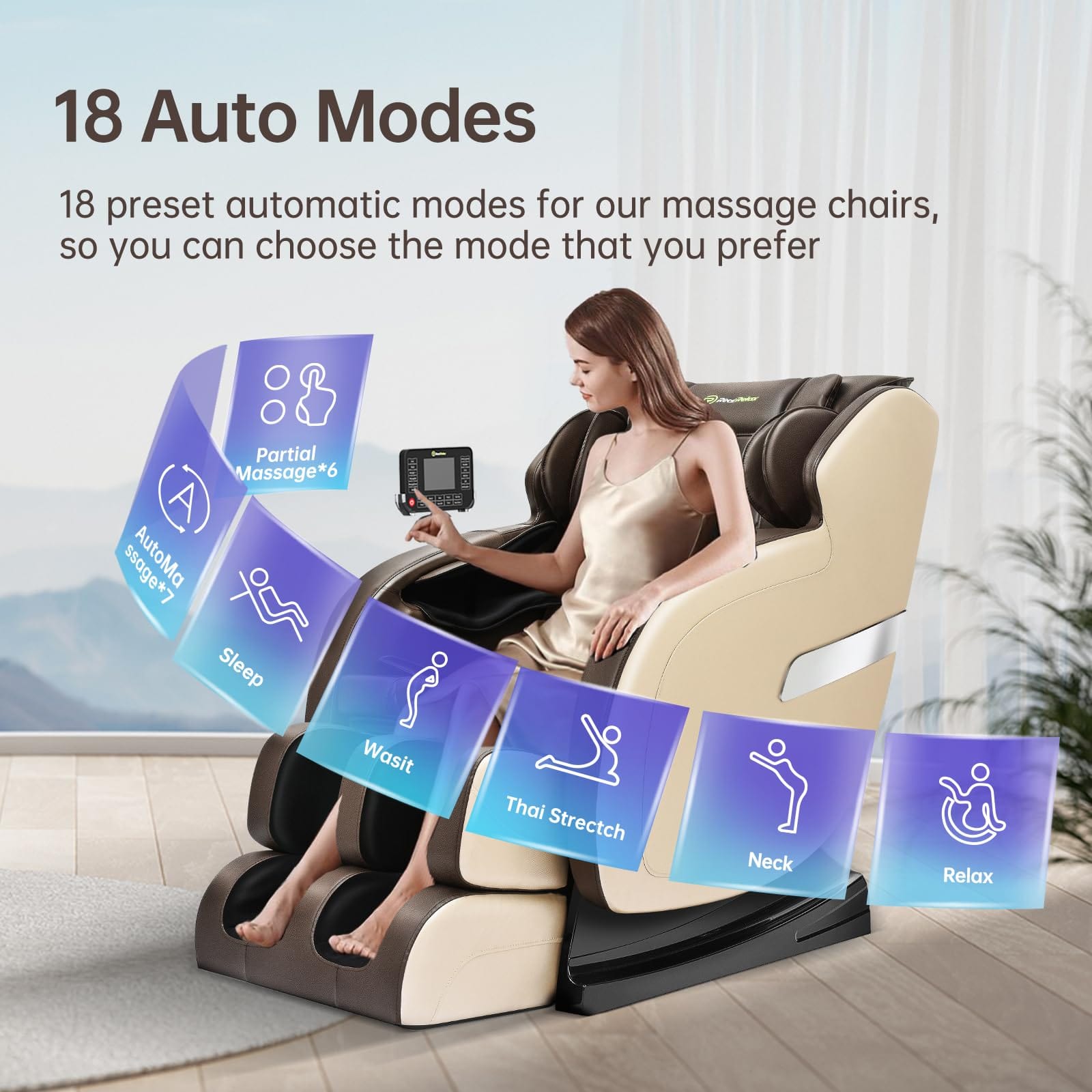
Massage chairs have a ton of benefits—relaxation, better sleep, sore muscle relief—but they’re not without a few hiccups. Whether it’s the size, the price, or the occasional dizzy spell, most of the negatives come with pretty simple workarounds.
The key is to find a chair that fits you—your body, your lifestyle, your space, and your budget. Once you do, it’s just about kicking back, hitting start, and letting the stress melt away.



